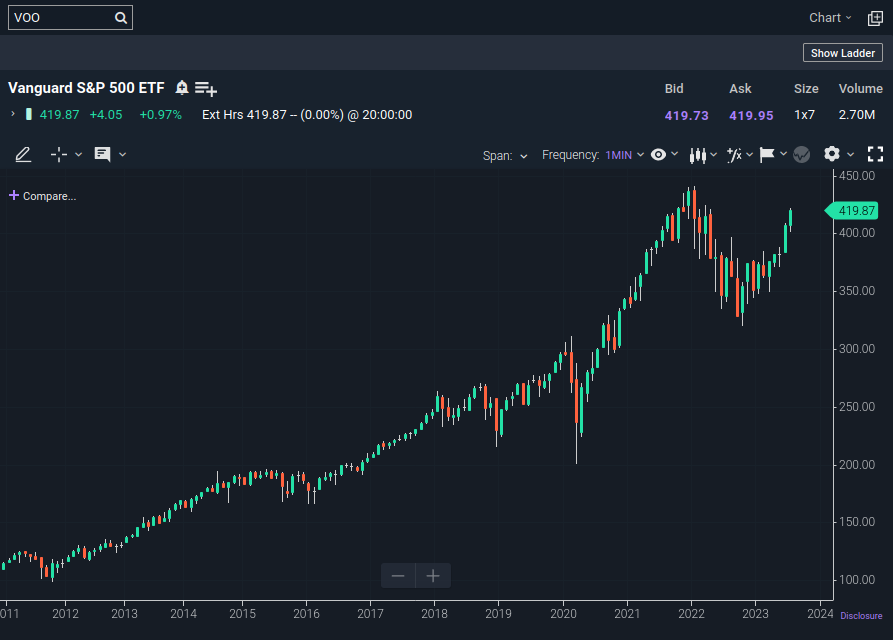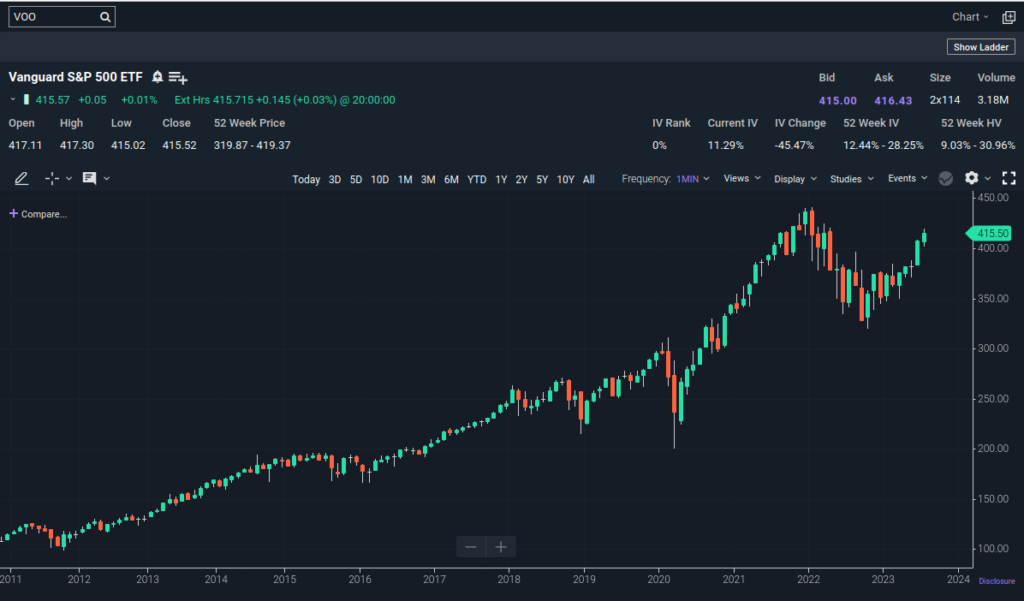Teaching financial literacy from an early age is a valuable skill that can set children up for a lifetime of financial success. While it may seem challenging to introduce financial concepts to 3-year-olds, laying the foundation early can help them develop essential money management skills as they grow older. In this beginner’s guide, we will explore creative and engaging methods to teach financial literacy to young children effectively.
Teaching Financial Literacy to 3-Year-Olds: A Beginner’s Guide
Why Start Early?
Building Strong Financial Habits
The earlier children are exposed to financial concepts, the more likely they are to develop good money habits that will benefit them in the future. By starting early, parents and caregivers can instill values like saving, budgeting, and responsible spending at an impressionable age.

The Power of Early Learning
Childhood is a period of immense brain development and learning capacity. Research shows that the human brain undergoes significant growth during the first few years of life, forming neural connections at a rapid rate. By introducing financial literacy concepts during this critical period, we can capitalize on children’s innate curiosity and their eagerness to learn about the world around them.
Building Strong Foundations
Teaching financial literacy to 3-year-olds involves laying strong foundations that will support their financial decision-making as they grow older. Concepts like saving, spending wisely, and sharing can be introduced through age-appropriate games, stories, and activities. By doing so, parents and caregivers help shape positive money attitudes from an early age.
Money as a Tool for Trade
At the age of 3, children are beginning to grasp the concept of exchanging objects and understand basic numerical concepts. This is an ideal time to introduce the idea of money as a tool for trade. Simple role-playing games, such as a pretend store, can help children understand that money is used to buy things they want or need.
Saving and Delayed Gratification
Teaching young children about saving and delayed gratification can be achieved through tangible methods. A piggy bank can serve as a visual representation of saving. Encourage children to put coins or small bills into the piggy bank regularly, and explain that this money can be used to buy something special in the future.
Differentiating Between Wants and Needs
Understanding the difference between wants and needs is an essential aspect of financial literacy. At the age of 3, children can begin to comprehend that certain items are necessary for daily life (needs), while others are enjoyable but not essential (wants). Engage in discussions about these distinctions during everyday activities.
Goal Setting and Rewards
Setting achievable financial goals can be a valuable lesson for young children. Whether it’s saving for a new toy or treat, children can learn the importance of patience and discipline in reaching their objectives. As they achieve their goals, rewarding them with praise or a small treat can reinforce positive financial behaviors.
The Value of Sharing
Financial literacy isn’t just about managing personal finances; it’s also about understanding the value of giving and sharing. Encourage children to share a portion of their allowance or gift money with those less fortunate, teaching them empathy and social responsibility.
Learning from Everyday Experiences
Parents and caregivers can use everyday experiences as opportunities to teach financial literacy. For example, a trip to the grocery store can become a lesson in comparing prices, understanding budgets, and making informed choices.
Long-Term Benefits of Early Financial Literacy
Starting financial education early can have several long-term benefits for children as they grow into adulthood:
1. Financial Responsibility: Early exposure to financial concepts helps children develop a sense of responsibility when managing money.
2. Informed Decision-Making: Financially literate individuals are more likely to make informed decisions about spending, saving, and investing as they grow older.
3. Debt Avoidance: Understanding the consequences of overspending can instill a sense of caution, reducing the likelihood of falling into debt later in life.
4. Entrepreneurial Mindset: Financially literate children may develop an entrepreneurial mindset, understanding the value of investments and financial risks.
5. Confidence and Independence: Financially savvy individuals tend to be more confident and independent when it comes to managing their finances.
Preparing Yourself to Teach Financial Literacy
Understanding Basic Concepts
Before introducing financial concepts to 3-year-olds, it is essential for parents and caregivers to have a solid understanding of basic financial principles themselves. This will ensure they can provide accurate and age-appropriate information to the children.
Simplifying Complex Ideas
Financial concepts can be complex, but it is essential to break them down into simple, relatable terms for young children. For example, explaining the concept of “saving” could be done by using a piggy bank as a visual aid.
Teaching Financial Literacy through Play
Make-believe Shopping
Engage children in pretend play by setting up a mini-store at home. Use play money and let them “buy” toys or snacks. This activity helps them grasp the concept of exchanging money for goods.
Sorting Money
Introduce different coins and bills to children, and encourage them to sort the money into various categories. This interactive activity helps them identify different denominations and understand their value.
Saving Jars
Create separate jars labeled “spending,” “saving,” and “giving.” Whenever the child receives money, have them divide it into these jars. This simple practice teaches the importance of saving and sharing.
The Power of Stories
Money-related Storytime
Choose age-appropriate books that revolve around financial themes. Stories with characters who save money for a goal or learn about the value of money can be an excellent way to convey important messages.
Personal Anecdotes
Share simple personal stories about money with your child. For instance, talk about saving up for a special toy or contributing to a charity. These real-life examples make financial concepts more relatable.
Learning by Example
Role Modeling
Children often learn by observing their parents and caregivers. Be mindful of your spending habits and involve your child in simple financial decisions to show them responsible money management.
Allowance and Chores
Consider giving a small weekly allowance to your child in exchange for completing age-appropriate chores. This experience teaches the value of hard work and earning money.
Conclusion
Teaching financial literacy to 3-year-olds is an essential investment in their future financial well-being. By starting early and using creative, interactive methods, parents and caregivers can lay a strong foundation for their children’s financial success. Remember to make learning fun, engage your child’s imagination, and be patient throughout the process.
FAQs
1. Is three years old too young to start teaching financial literacy?
Not at all! Children as young as three can begin to understand basic financial concepts through playful activities and stories.
2. What are the benefits of teaching financial literacy at an early age?
Starting early helps children develop good financial habits and a better understanding of money management, which can lead to more responsible financial behavior in the future.
3. How often should I engage in financial activities with my child?
Regularly incorporating financial activities into your child’s routine, at least a few times a week, can help reinforce the concepts and make them more familiar.
4. Can I teach financial literacy without using real money?
Yes, you can use play money, visual aids, and storytelling to teach financial concepts without involving real money.
5. What if my child doesn’t seem interested in financial activities?
Don’t worry if your child doesn’t show immediate interest. Continue incorporating financial concepts into everyday activities, and they will likely become more engaged over time.




